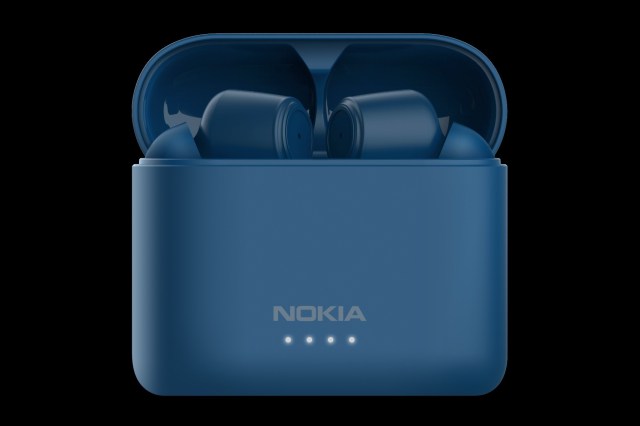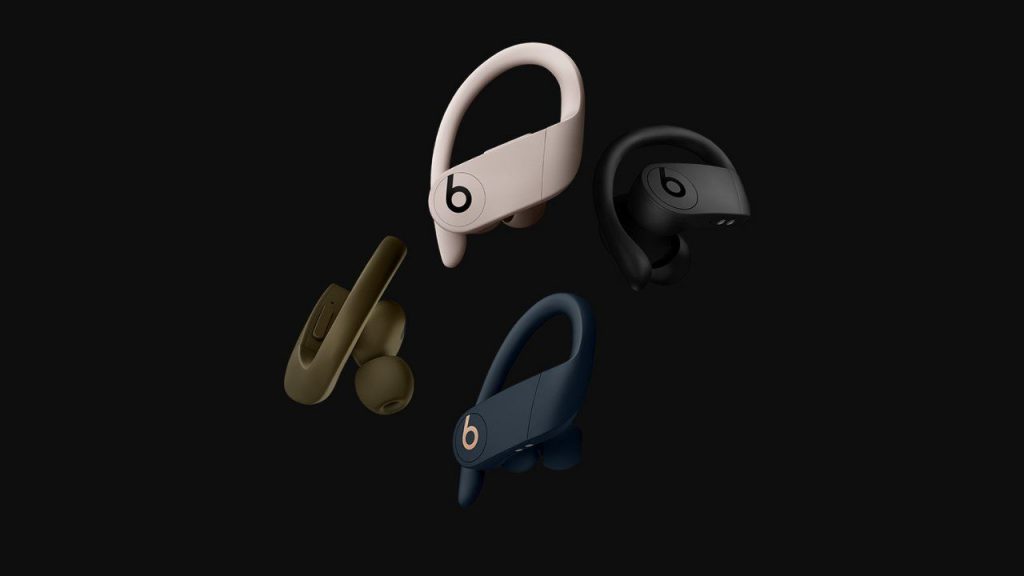Nokia BH-805 Noise Cancelling TWS Earbuds with a 20-Hour Battery Life have been released.
Nokia has released the BH-805 true wireless stereo (TWS) earbuds. The new noise-canceling earbuds are rated for up to 20 hours of playback time. There are 13mm audio drivers that are marketed as having “studio-quality sound.” The earbuds also have gesture controls and Google Assistant support. The Nokia BH-805 also has up to 25dB noise cancellation. Nokia released the Nokia Lite Earbuds TWS in two color options, with a battery life of up to 36 hours.
Nokia BH-805 Specifications
The audio driver in the Nokia BH-805 TWS earbuds is 13mm. Nokia claims that the earbuds have “studio sound quality.” The earbuds are designed to be worn in the ear. It includes gesture control support.
The device supports active noise cancellation (ANC). It also has a separate Ambient mode that allows users to hear the sounds around them. Each earbud has a 45mAh battery that is said to provide up to 5 hours of playback time. The earbuds come with a charging case that can provide up to 20 hours of battery life.
Bluetooth v5.0 is included in BH-805 for connectivity and earbuds are IPX5-rated for water and dust resistance.

Nokia BH-805 Cost
According to GizmoChina, the Nokia BH-805 is priced at EUR 99.99 (approximately Rs. 8,800). The earbuds are listed as the ‘Nokia Noise Canceling Earbuds’ in Charcoal and Polar Sea on the global Nokia website. However, the Finnish company is said to be selling the earbuds in Austria, Germany, and Switzerland right now. The earbuds pricing and availability in India have yet to be revealed. The Nokia Lite Earbuds were released in April for EUR 39.
Environmental Profile
Materials And Substances
As defined by Nokia Technologies, free of brominated and chlorinated compounds, as well as antimony trioxide. It is PVC-free. The product’s surface is nickel-free.
Packaging
The packaging is made from a renewable resource. It contains up to 85% recycled material. The packaging is completely recyclable and has been reduced in size.
Materials Used
Nokia aims to reduce the environmental impact of our products through careful material selection.
● Metal: 16%
● Battery: 28%
● Plastics: 20%
● Ceramic materials: 26%
● Other: 10%
Metals include iron, copper, zinc, and aluminum. Glass is a ceramic material. Assylcm PC, PET, and epoxy are examples of plastics. ABS battery materials include lithium cobalt compound, graphite, aluminum, and copper.
Restricted substances
They manage and track all of the substances in our products, not just those that cause concern. They have stringent guidelines for substances that are not permitted in our products.
This product complies fully with all relevant global regulations, such as:
● The EU RoHS Directive 2011/65/EU
● European REACH Regulation 1907/2006/EC
● The Montreal Protocol on Substances which will Deplete the Ozone Layer
Furthermore, Nokia has voluntarily limited the use of many other harmful substances and drawn attention to substances such as skin sensitizers and substances that may cause harm to the environment or the user during the product’s lifecycle. The following are some examples of such substances for this product:
● This product does not contain any Brominated compounds or Antimony trioxide as specified in Nokia Substance List 2017
● Polyvinylchloride (PVC) is not used in this product.
Energy consumption
The supplied battery complies with the EU Battery Directive 2013/56/EU and contains no cadmium, lead, or mercury in concentrations greater than those specified in the directive. The supplied charger complies with the EU ErP directive and regulation 278/2009, as well as the EU Code of Conduct for External Power Supply Energy Efficiency.
● Call (GSM): 548 mW
● Idle mode: 32.9 mW
● Charger no-load power consumption: < 0.1 W
● Charger weight: 48.2 grams
● Battery capacity: 4470 mAh
● Battery weight: 58 gram




